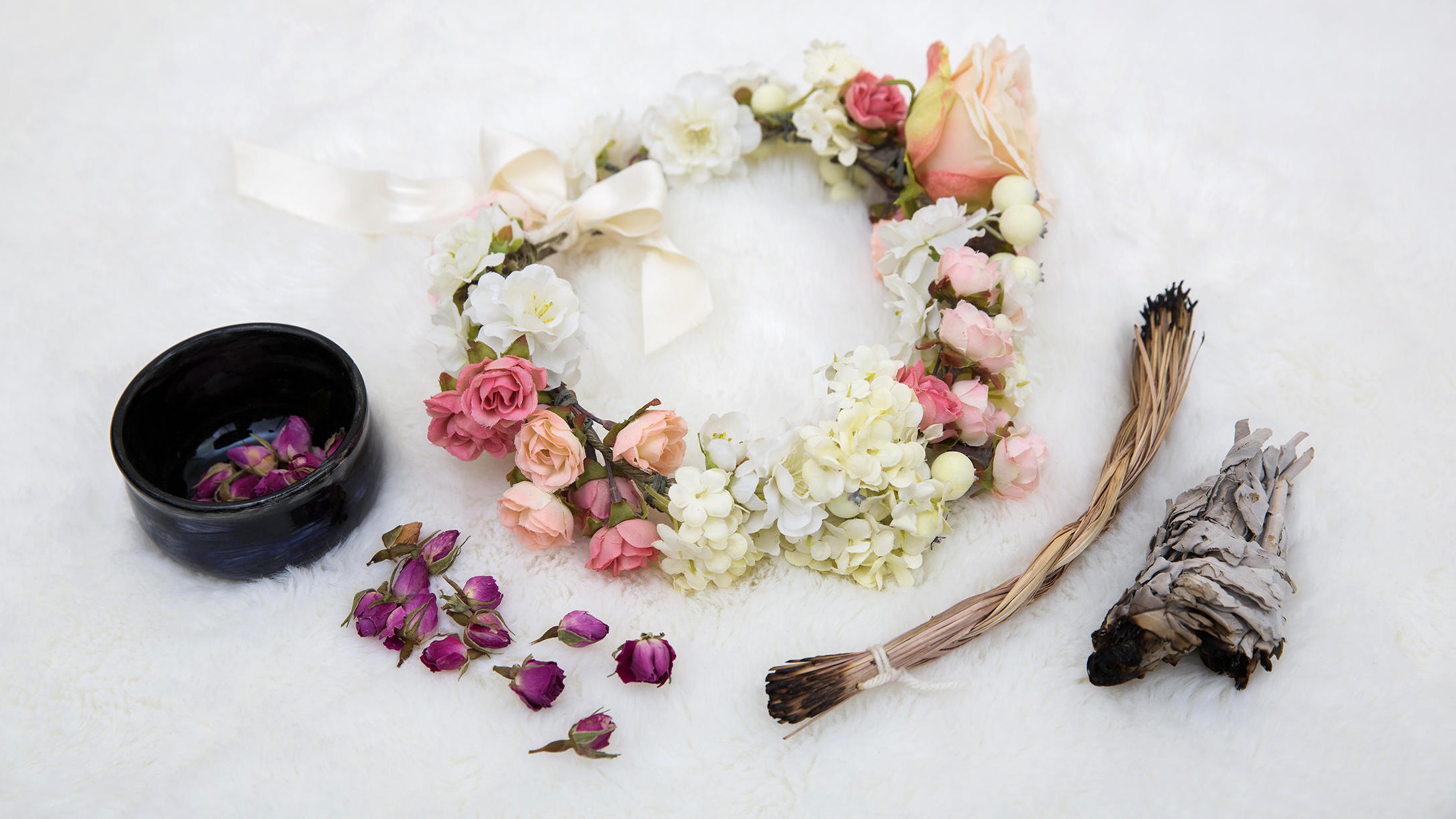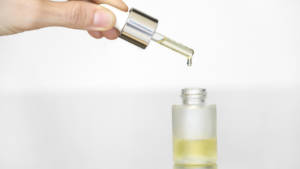
How To Use Face Oils (You’re Probably Doing It Wrong)
What’s the best way to use face oil? How should face oils be layered? What’s the best botanical face oil?
If you’re a skin junkie interested in natural skincare, chances are you’ve had one of these thoughts before.
“My theory is that the use of topical plant based oils has been around since humans discovered medicinal plants and herbs in prehistoric times,” says Medical Esthetician Jordana Mattioli of New York City’s CompleteSkinMD. “We actually have data from ancient times; from Egyptian texts in 1550 BC to first century AD Greek physician references, which show hundreds of medicinal plant uses. Fast forward to the modern day, where we now have the ability to properly research and thoroughly test the benefits of these beautiful ingredients.”
All of this, moreover, has lead facial oils to have a big resurgence in skincare the past five years, and rightly so.
Face oils feel good on the skin, have amazing benefits, and leave skin with a natural, glow-y radiance. Plus: plant-based oils go beyond just moisturizing– they offer multiple benefits for the skin, from fighting inflammation to carrying powerful, protective antioxidants.
If you’re new to face oils, Mattioli says, treat them like you would a moisturizer.
“Use a face oil on top of active ingredients like a serum, but under sunscreen. Most skin types will find facial oils hydrating enough to use on their own, but its totally safe and effective to mix them into your moisturizer or even layer underneath.
Experiment and see what works best for you! The biggest mistake you can make when using a facial oil is using a single ingredient oil, like pure argan oil, or just coconut oil. Just as your body needs different nutrients from different foods, your skin will benefit from using a blend of oils instead of just one.”
“Skin types that are normal to dry will usually love the feel of a facial oil, where as oily skin may not. Just because it is an oil doesn’t mean it will always leave the skin with a dewy look or potentially clog pores. In fact, many oils can actually help improve skin function by guiding it to be more balanced.”
What Oils Should We Look For?
“If you have Oily Skin, look for omega-6 rich oils that are high in Linoleic acid. Common oils include acai, black cumin, cucumber seed, evening primrose, grape seed, hemp seed, maracuja, prickly pear, pumpkin seed, raspberry seed, safflower, soybean, tomato seed, watermelon seed,” Mattioli says.
“For Dry Skin, look for omega-9 rich oils high in oleic acid, like almond, apricot, avocado, camellia, carrot seed, hazelnut, macula, olive, or shea.”
“For Sensitive Skin, look for omega-3 rich oils high in a-Linolenic acid, like sea buckthorn, rosehip, cranberry seed, and chia seed.”
If you have very reactive or sensitive skin, look for face oils without (or with minimal) fragrance or essential oils. And as always, it’s best to patch test before using a new product.
Recommended
- One Love Organics Vitamin C Facial Serum
- Marie Veronique Barrier Lipid Complex
- Kypris Beauty Elixir III
- Wabisabi Botanicals Balancing Act Facial Oil for Oily Skin
Want more expert skin advice? Read our articles on the best all natural toners, moisturizers, and sunscreens.



































